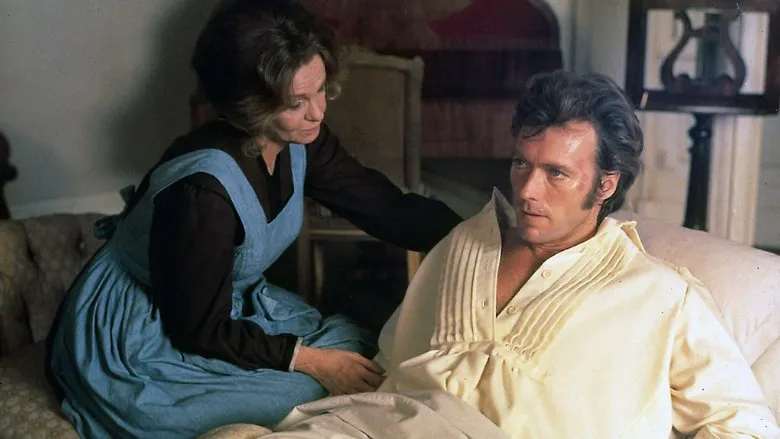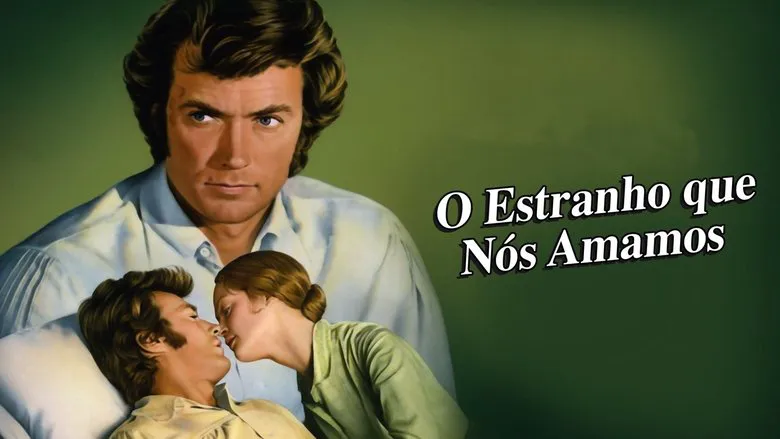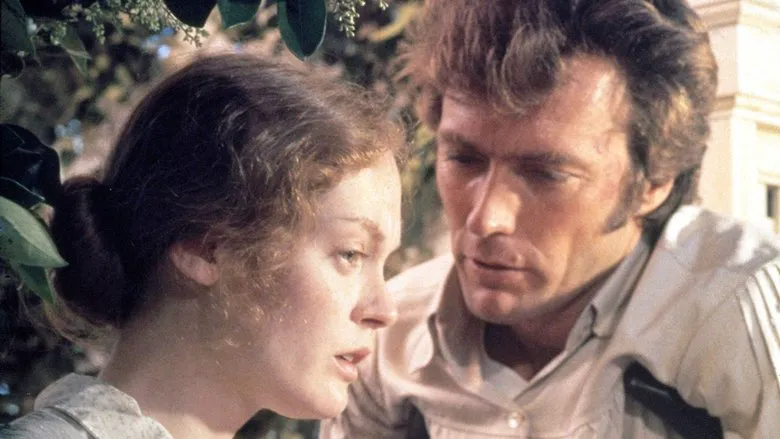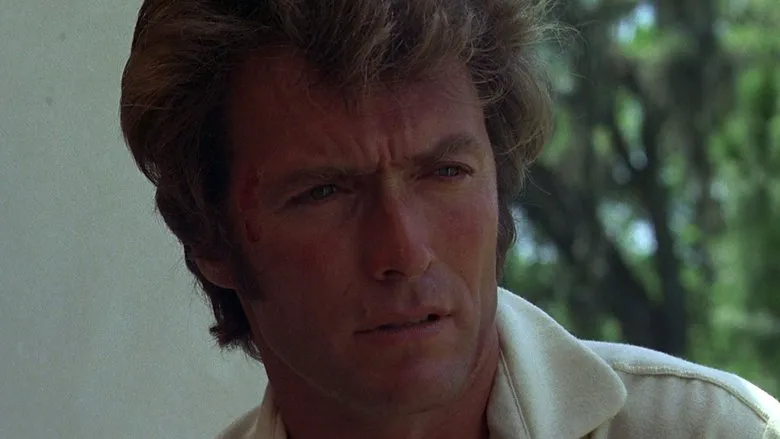The Beguiled: A Remake That Lacks Bite
A neutered and ultimately weak reimagining of a historical romantic thriller set in a women’s boarding school.
During the American Civil War, a young girl from a Virginia boarding school stumbles upon a wounded Union Army corporal, John McBurney (Colin Farrell), in the woods. He pleads for help, and she brings him back to the school, where a handful of students reside with their teacher, Edwina (Kirsten Dunst), and the headmistress, Martha (Nicole Kidman). Protocol dictates that the enemy soldier should be handed over to the Confederate army, but Martha decides to nurse John back to health first, hoping to improve his chances of survival as a prisoner. McBurney seizes this opportunity to ingratiate himself with the women, even the older student, Alicia (Elle Fanning). Having been deprived of male attention for so long, the women of the school quickly reciprocate his advances.

In 1971, director Don Siegel and actor Clint Eastwood collaborated on two films. The first was the police thriller “Dirty Harry,” a defining work in its genre. The second, “The Beguiled,” is less well-known but equally significant—a melodramatic thriller in the “Southern Gothic” style, exploring the dark secrets of the American South. In line with the cynical spirit of the 1970s, “The Beguiled” told the story of a seductive soldier who stumbles into a den of even more morally ambiguous characters (albeit privileged young women), and their intertwined romantic intrigues lead to tragedy. While the director and actor seemed to sympathize with John, the film ultimately suggested that men and women are equally capable of deceit and manipulation.

Whitewashing Controversy
While the original “Beguiled” featured a Black slave in the household, Sofia Coppola chose to omit this character from her adaptation, sparking considerable controversy. Critics argued that the film glosses over the realities of the time and “whitewashes” the characters.
A Shift in Perspective
While the original “Beguiled” was considered quite feminist for its time, contemporary feminism is often interpreted not as a fight for gender equality, but as a struggle for female dominance. Thus, when Sofia Coppola, known for “The Virgin Suicides” and “Lost in Translation,” decided to “update” “The Beguiled” to align with modern values, the resulting film, “The Beguiled,” feels like a near-complete exoneration of the female characters and a near-total assignment of blame to John. He is portrayed almost as an Irish devil who infiltrates a respectable household to exploit its virtuous inhabitants.

Visual Choices and Their Impact
Coppola’s consistent vision is striking. Her characters wear pristine white dresses (completely unrealistic, given that the women and girls perform all the housework and gardening), are predominantly blonde, and possess noble, restrained faces. The contrast with the characters in the original “Beguiled” is stark. There, we saw dark hair, practical gray dresses, and less conventionally attractive faces, often contorted by emotion. Towards the end of the original film, the women seemed like harpies, while in Coppola’s version, they remain angelic, and their actions are devoid of “darkness.” Even their aggression is morally justified—self-defense, rather than a bloody escalation of verbal and romantic passions, as in the original.

A Lack of Heat
While a director always has the right to reinterpret and freely adapt source material, especially if it’s not a great classic, and a woman certainly has the right to offer a female perspective on a story previously told by men, Coppola has done more than simply reduce a nuanced plot to an unequivocally anti-male narrative. She has transformed an emotional and engaging story into a ceremonial tea party with a slight hint of humor. The film is remarkably soporific, even if you arrive at the cinema well-rested. Only in the climax does the temperature rise, but not by much, and it’s primarily John, not the women, who ignites it. Aristocracy aside, this should have been a steamy Southern film, not a cold Scandinavian one, especially given the lack of action in the plot and the fact that the original’s drama was primarily conveyed through words, gestures, and glances.
(Video Player Embedded Here)
The actors are not to blame. They perform as directed and fulfill their roles adequately. However, these roles are not what one would expect in a genre film. And for arthouse cinema, “The Beguiled” lacks sufficient ideological depth, artistic power, directorial originality, and other qualities of auteur cinema. Simply put, it’s a thoroughly uninteresting film—two steps backward, not a step forward, compared to Siegel’s original.